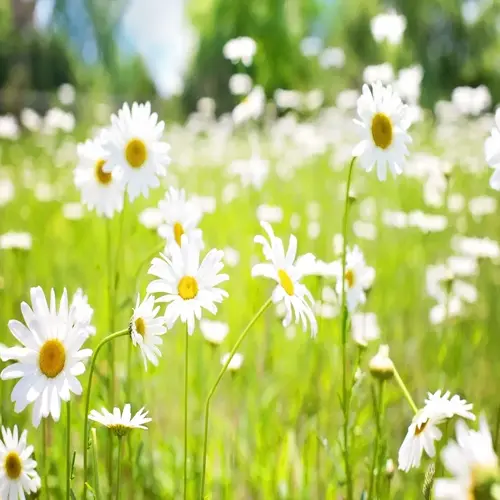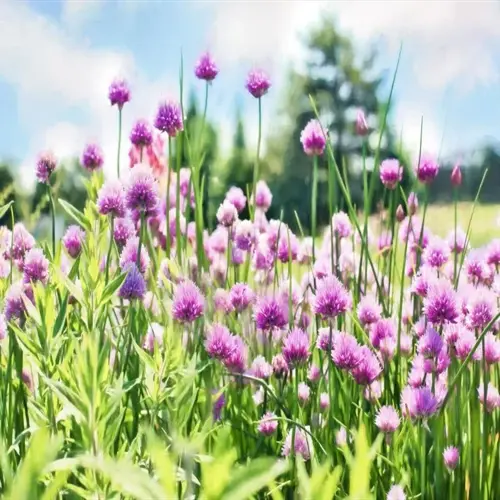What sunlight requirements does dill have?

Written by
Tina Carter
Reviewed by
Prof. Martin Thorne, Ph.D.Dill flourishes with the appropriate lighting it needs to grow healthily and provide a strong flavor. This sun-worshiping herb needs significant hours of daily sun to develop its unique essential oils. Dill will tolerate partial shade when the heat is too intense, but too little light will produce lanky and weak plants, resulting in less flavor. I am particular about the hours of sunlight my herb garden gets.
Minimum Daily Exposure
- 6 hours direct sunlight essential for basic growth
- Morning sun preferred over afternoon intensity
- Measure with sunlight tracker apps for accuracy
Ideal Light Conditions
- 8 hours unfiltered sunlight for peak oil production
- South-facing locations maximize exposure
- Rotate containers for even light distribution
Heat Management
- Provide afternoon shade above 85°F (29°C)
- Use 30% shade cloth during heat waves
- Mulch soil to keep roots cool
To achieve the best results, adjust the sunlight according to the seasonal changes. Plants in spring can take full sun all day, but in summer, you will need to protect them from the afternoon sun. Use shade cloth for temperatures above 85°F (29°C). I often adjust my potted dill to east-facing locations during heat waves. This prevents bolting and keeps the flavor.
Creatively combat lack of light when gardening in shade. Utilize reflective surfaces to increase the amount of light effectively. Use grow lights to effectively supplement the amount of natural light you get. During winter, I use LED panels on timers, scheduling them to run for 14 hours a day. I set the lights 6-8 inches above the plants, for the same intensity as sunlight.
Observe plants for signs of stress caused by sunlight. Leggy stems indicate low-light exposure right away. Yellowing leaves can reveal light-related nutrient deficiency. Bolting before they mature is a sign of heat stress. I evaluate my plants every day, adjusting their configuration as needed. Engaging in proper light control enables optimal yields.
Read the full article: How to Grow Dill Successfully

